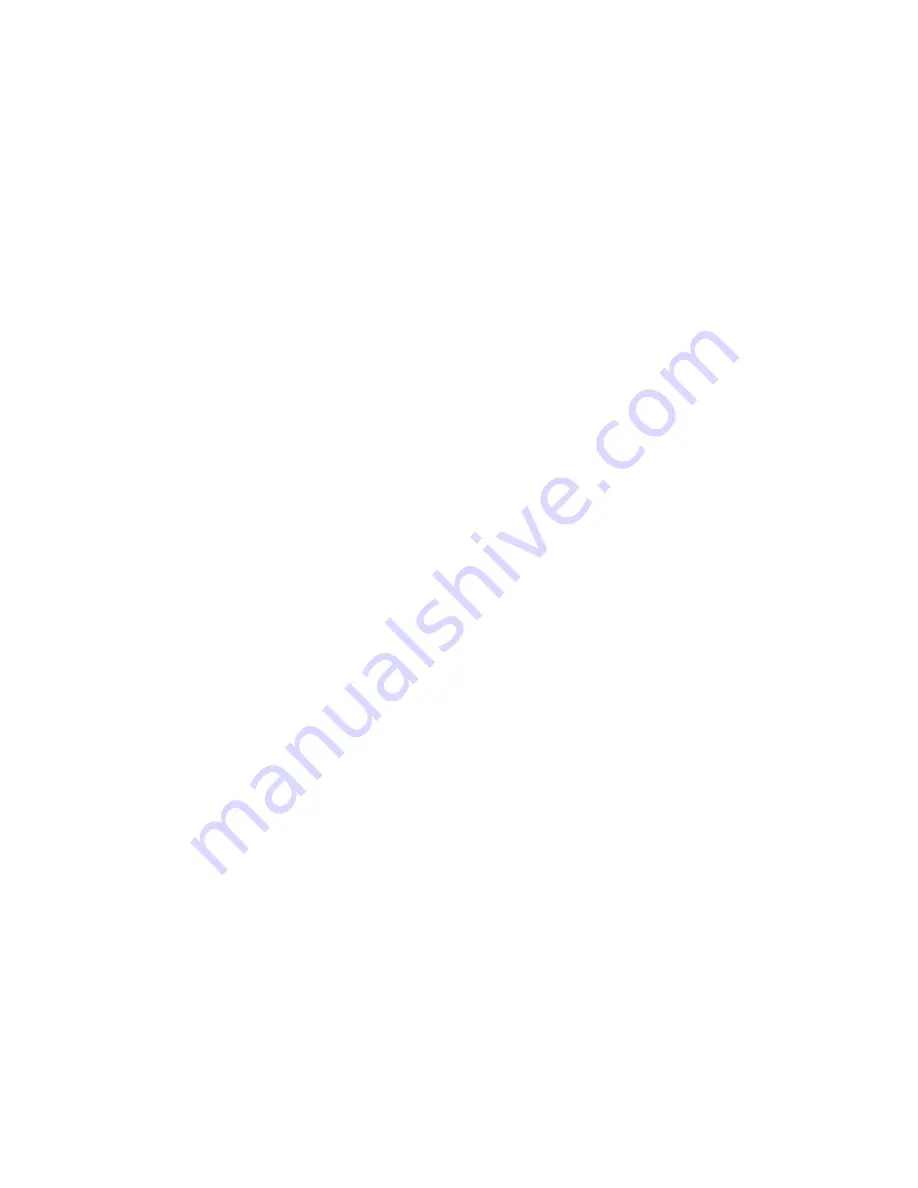
Fundamentals of Label Layout
Before we actually begin our discussion about how to layout a tape, we should first define a few terms. Note the following.
Blocks
A block is text that is enclosed between two block marks (). Note that the first (far left) block does not require a block mark at the beginning, and the last (far right)
block does not require a block mark at the end. If there are no block marks, all of the text is treated as a single block. You can individually specify the length of each
block, as well as the pitch and the number of lines of inside each block.
Print Area
The print area is the actual area of a label that contains printed text. It starts with the left side of the first character printed, and ends with right side of the last
character printed.
Side Spaces
The side spaces are blank areas that the Label Printer automatically adds on either end of the print area. Note that side spaces are only added when you are using
auto feed, and they are not added when using manual feed.
Auto Feed (with side spaces)
Manual Feed (no side spaces)
Label Length
The label length is the print area, plus the side spaces.
Settings you make for side spaces, block spacing, and mirror printing affect the entire label length.
Using the Layout Display
You can check the layout of your label at any time using the layout display. The layout display shows all of the graphics and text elements that make up your label to
give you a general idea of how the label is laid out.
To show the layout display
1. After laying out the label you plan to print, press
LAYOUT
.
2. If the label layout is too big to fit on a single display, use
t
and
y
to scroll it.
•
Pressing
t
returns to the top of the layout.
3. Press
ESC
to quit the layout display.
•
You can view the actual appearance of the label using the image display, which is described on page E-19.
Creating and Deleting Blocks
The following procedures describe how to create and delete blocks. Later you will learn how can change certain settings on a block-by-block basis.
To create a block
Example: To input the text ”ABC Computer Company” and create two blocks: ”ABC” and ”Computer Company”.
1. Input the text.
2. Move the cursor to the space between ”ABC” and ”Computer Company”.
3. Press
BLOCK
.
•
If you wanted to break the text up into three blocks, you would input another block mark.
To delete a block mark
To delete a block mark, use the procedures for
BS
and
DEL
as described under ”Deleting Individual Characters” (page E-11).
Block Operations
The procedures in this section can be used to control the following parameters for each block.
•
Direction (vertical, horizontal)
•
Alignment (left, center, right, uniform spacing)
•
Justification (justify, ragged)
•
Character pitch (none, narrow, medium, wide)
•
Block length (auto, fixed)
Use the BLOCK FORM menu to perform block operations.
To display the BLOCK FORM menu
1. While there is text on the display, press
FORM
.
















































